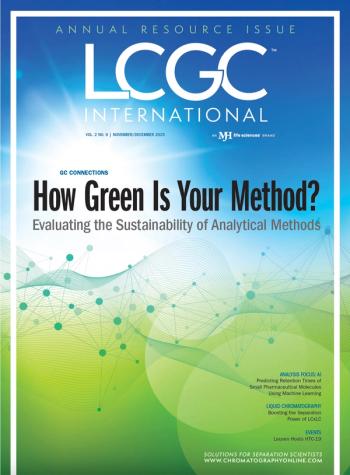
- November 2022
- Volume 18
- Issue 11
Agilent Announces New UK CoE
Agilent Technologies Inc. (Santa Clara, California, USA) has announced the opening of the Dissolution Center of Excellence (CoE) facility in Craven Arms, United Kingdom.
Agilent Technologies Inc. (Santa Clara, California, USA) has announced the
opening of the Dissolution Center of Excellence (CoE) facility in Craven Arms,
United Kingdom. The newly modernized premises will house the core of Agilent’s dissolution business, including research and development, quality, support, applications, marketing, and more.
“The growth in our dissolution business has really driven the need for this larger facility,” said Steve O’Donohue, Director at the Craven Arms site. “Our new flagship site will enable us to develop a truly unified approach to dissolution for the future. The location will also facilitate greater innovation and manufacturing capabilities to support Agilent’s digital lab initiatives.”
“By centring all dissolution activities in the UK, customers from all time zones will have improved access to our team of experts, with the latest technology to virtually connect for education, training, troubleshooting, and all other types of dissolution testing assistance,” said Dan Spisak, Dissolution Marketing Manager at Agilent.
Articles in this issue
about 3 years ago
Tips & Tricks: Treating Your GPC/SEC System Properlyabout 3 years ago
Rising Stars of Separation Science: Jessica Pandoheeabout 3 years ago
Investigating the Environmental Impact of Organotinsabout 3 years ago
Building Small But Thinking Bigabout 3 years ago
Miniaturized Liquid Chromatography Analysis of Dietary Supplementsabout 3 years ago
Markes International Celebrates Silver Jubileeabout 3 years ago
LGC Opens New Oxford Facilityabout 3 years ago
The LCGC Blog: Remember the First Time - ChromatographyNewsletter
Join the global community of analytical scientists who trust LCGC for insights on the latest techniques, trends, and expert solutions in chromatography.



